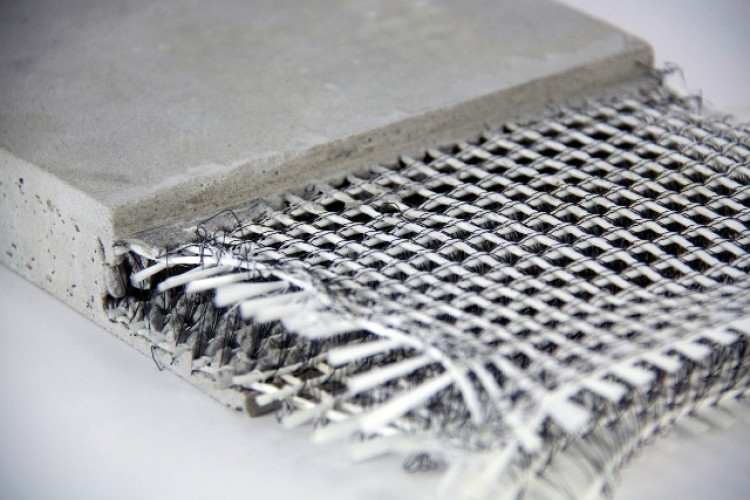The Advantages of Using Composites in Building And Construction Products
The Advantages of Using Composites in Building And Construction Products
Blog Article
Opening the Ecological Benefits of Recycled Composites in Building And Construction and Layout
In the world of building and construction and layout, the utilization of recycled composites holds considerable pledge for improving sustainability methods and decreasing environmental effect. The change in the direction of a more sustainable future in these markets pivots on opening the complete possibility of recycled compounds.

Environmental Impact Decrease
The decrease of environmental influence via making use of recycled compounds in construction and design plays an essential role in lasting techniques. By incorporating recycled compounds into structure products, the building industry can substantially reduce its carbon footprint and add to a much more eco-friendly future. These lasting products, made from repurposed plastics, timber fibers, or various other recycled aspects, offer a viable option to conventional construction materials without jeopardizing on high quality or toughness.
Recycled composites assist divert waste from garbage dumps and reduce the requirement for extracting basic materials, therefore preserving natural deposits. Furthermore, the manufacturing procedure of these composites often eats less power and gives off less greenhouse gases contrasted to producing virgin products (composites). This shift in the direction of using recycled compounds not only reduces ecological damage yet also advertises a circular economic situation by motivating the reuse of products that would or else be discarded
Waste Minimization
With a concentrate on reducing waste in building and construction and design, the combination of recycled compounds uses a lasting remedy to decrease ecological influence. Waste minimization is an important aspect of sustainable methods, and making use of recycled composites provides a possibility to achieve this objective properly. By utilizing materials that have already offered their first purpose, such as recycled plastics or reclaimed wood fibers, the building and layout industries can considerably lower the amount of waste generated and sent to garbage dumps.
Recycled compounds have the possible to draw away significant quantities of waste from traditional disposal techniques, adding to a much more round economic situation where resources are utilized efficiently. Additionally, the manufacturing process of recycled composites typically takes in much less power and creates fewer discharges compared to virgin products, better lowering the ecological impact of building and construction and layout tasks.
Implementing waste reduction approaches through the consolidation of recycled composites not only helps in preserving all-natural resources but also promotes a more sustainable approach to structure and making for a greener future.
Energy Conservation
Incorporating recycled composites not just lessens waste in building and design yet likewise plays a critical duty in improving energy conservation methods within the industry. The usage of recycled composites in construction can significantly add to energy preservation via different means. To start with, the production of virgin products usually requires significant energy inputs, whereas making use of recycled compounds consumes much less energy, therefore minimizing overall power consumption. Furthermore, incorporating click this link recycled compounds can add to better insulation residential or commercial properties in structures, lowering the demand for too much heating or air conditioning, and subsequently lowering energy usage for climate control. The light-weight nature of lots of recycled compounds can lead to lighter structures, needing much less power for transportation and installment. By advertising the use of recycled compounds in construction and style, the sector can make substantial strides towards accomplishing energy effectiveness and decreasing its carbon footprint, eventually adding to an extra lasting constructed environment.
Carbon Footprint Decrease
Enhancing sustainability techniques with the usage of recycled composites in construction and layout dramatically lowers the carbon footprint of the industry. By incorporating recycled products into the production of compounds, the demand for virgin sources reduces, resulting in lower power usage and greenhouse gas emissions linked with typical manufacturing procedures. This decrease in carbon footprint is critical in combating environment modification and promoting an extra eco-friendly strategy to building and construction and style.
Additionally, making use of recycled compounds also aids in diverting waste from land fills, consequently mitigating the environmental influence of disposal and promoting a round economic climate. The carbon impact reduction achieved with the adoption of recycled compounds lines up with the international press in the direction of sustainable methods and the decrease of industrial exhausts. It showcases a commitment to liable resource administration and a change towards greener choices in the building and layout markets. Eventually, by prioritizing the assimilation of recycled composites, the market can make significant strides in reducing its carbon impact and adding to a much more lasting future.
Lasting Future
The integration of recycled compounds in building and construction and style not only addresses immediate ecological worries however also lays a strong foundation for a lasting future in the market. By incorporating recycled composites right into building materials and items, the building and layout industries can dramatically decrease their reliance on virgin resources, leading to a much more round economy. This change towards sustainability is critical for reducing the environmental impact of typical building and construction techniques, which usually cause high levels of waste generation and resource deficiency.

Conclusion
In verdict, recycled compounds offer considerable environmental advantages in construction and layout by lowering ecological impact, decreasing waste, conserving power, reducing carbon impact, and promoting a lasting future. Welcoming making use of recycled composites can add to an extra environmentally-friendly strategy to structure and style, ultimately leading to a more lasting and greener future for all.
The reduction of environmental influence via the usage of find out this here recycled composites in building and construction and layout plays an essential role in lasting methods.With an emphasis on lessening waste in building and design, the assimilation of recycled compounds provides a sustainable option to decrease ecological effect. By promoting the usage of recycled composites in construction and layout, the market can make substantial strides in the direction of achieving power effectiveness and reducing its carbon impact, ultimately adding to a more lasting developed environment.

Report this page